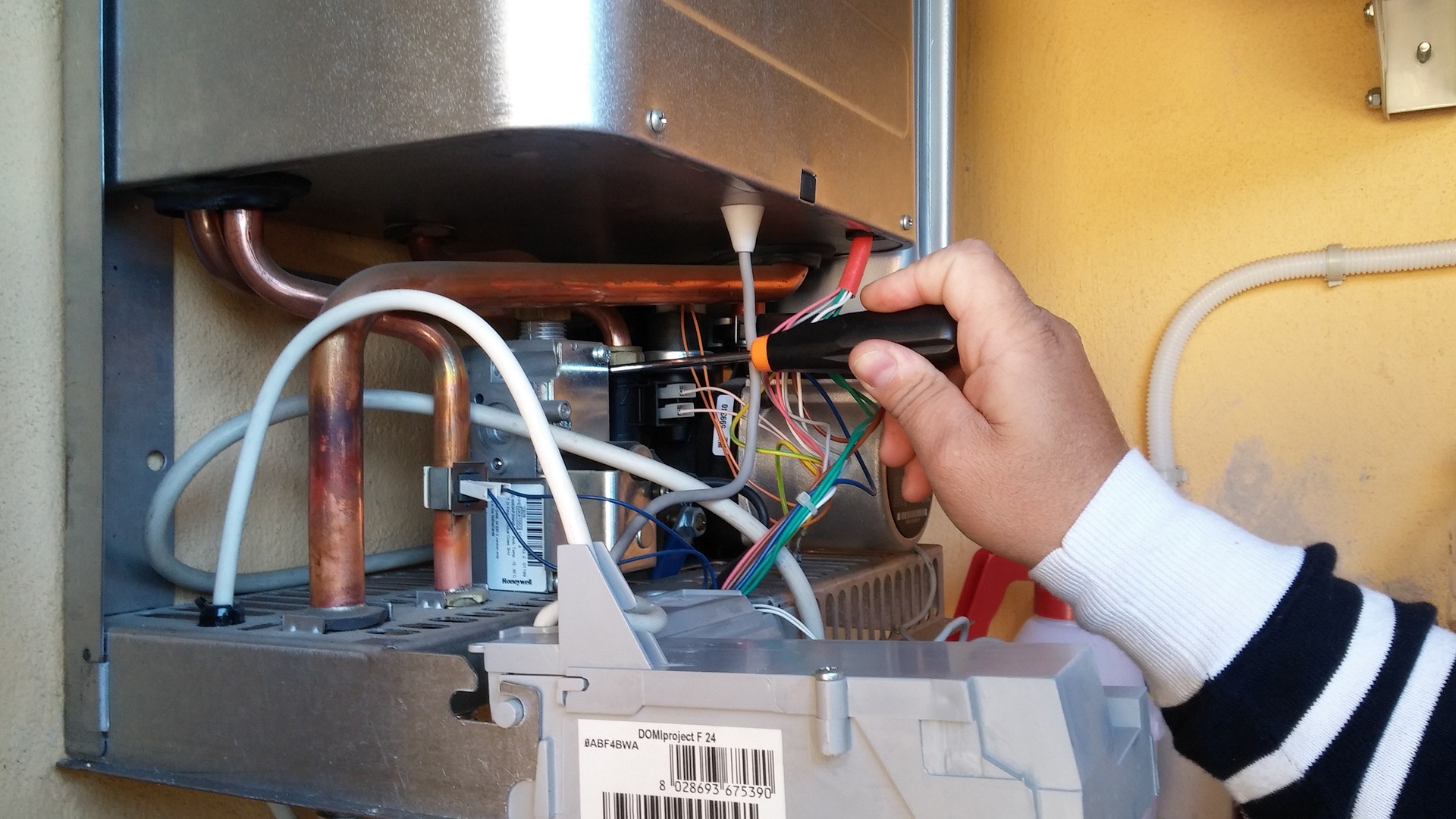Innovations in Car Safety: The Rise of Predictive Maintenance
The future of automotive safety isn't just about airbags and seat belts. It's about technology that can predict problems before they happen. Welcome to the world of predictive maintenance, an innovative trend that is changing the face of car safety. Predictive maintenance has its roots in the aviation industry, where the stakes are high and the cost of failure is catastrophic. It was here that the technology first proved its worth, using data analysis to predict potential faults and prevent them from happening. This concept was later adopted by the automotive industry, which saw the potential for enhancing vehicle safety and longevity.
The essence of predictive maintenance lies in its ability to predict the failure of car components before they occur, using data analysis and machine learning algorithms. This technology uses sensors to monitor various aspects of a vehicle’s performance, analyze the data in real-time, and alert drivers to potential issues before they become serious problems.
Current Trends and Insights
Predictive maintenance is fast becoming a standard feature in new cars. Manufacturers like BMW, Toyota, and Mercedes-Benz are integrating this technology into their latest models, offering customers a safer, more reliable driving experience.
One of the fascinating insights about predictive maintenance is its potential to reduce maintenance costs. According to a study by McKinsey, predictive maintenance can reduce car maintenance costs by up to 20%, increase equipment uptime and availability by 20%, and extend the life of machinery by years.
Impact, Benefits, and Challenges
Predictive maintenance is changing the way we think about car safety. By predicting potential problems, it allows drivers to take preventative action, reducing the risk of accidents caused by mechanical failure. It also helps to extend the lifespan of a vehicle, leading to significant cost savings over time.
However, like all technology, predictive maintenance isn’t without its challenges. One of the major issues is data privacy. The technology requires collecting and analyzing vast amounts of data from a vehicle, raising concerns about how this data is stored and used. Another issue is the cost of implementing the technology, particularly for smaller car manufacturers.
The Road Ahead
Despite these challenges, the future of predictive maintenance in the automotive industry looks promising. As technology improves and becomes more affordable, predictive maintenance will become increasingly prevalent, making our roads safer and our vehicles more reliable.
In conclusion, predictive maintenance represents a new frontier in car safety technology. By predicting and preventing mechanical failures, it has the potential to revolutionize the automotive industry, making our cars safer, more reliable, and more efficient than ever before.





